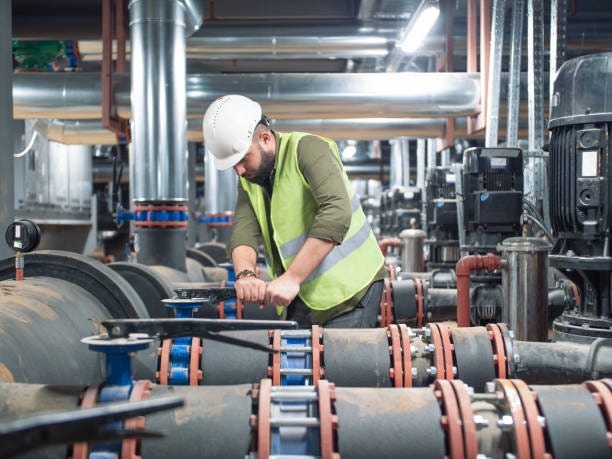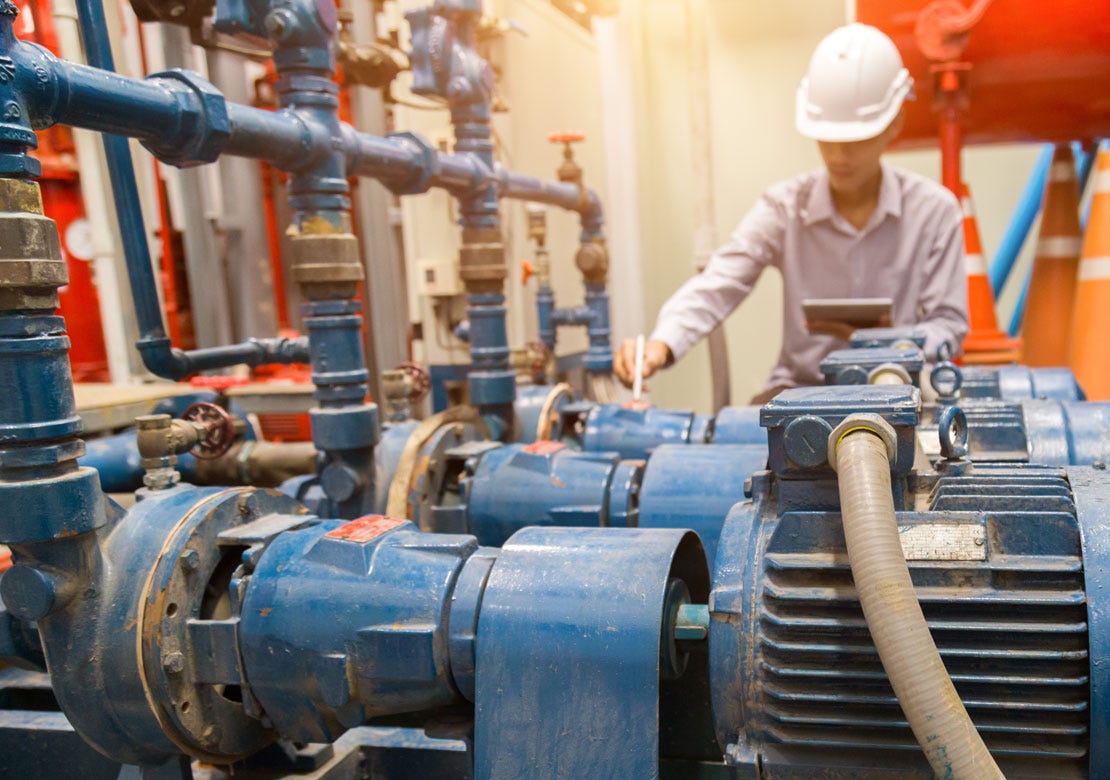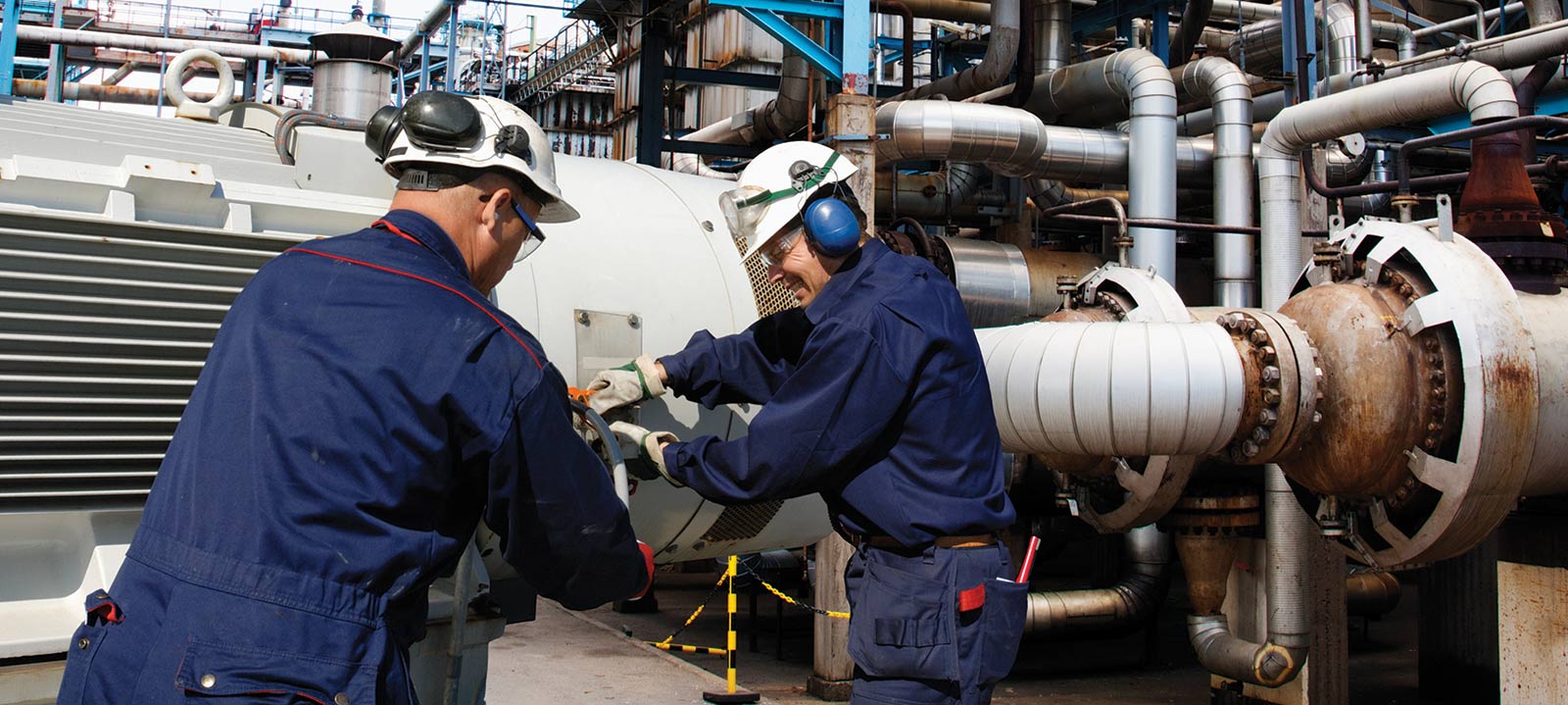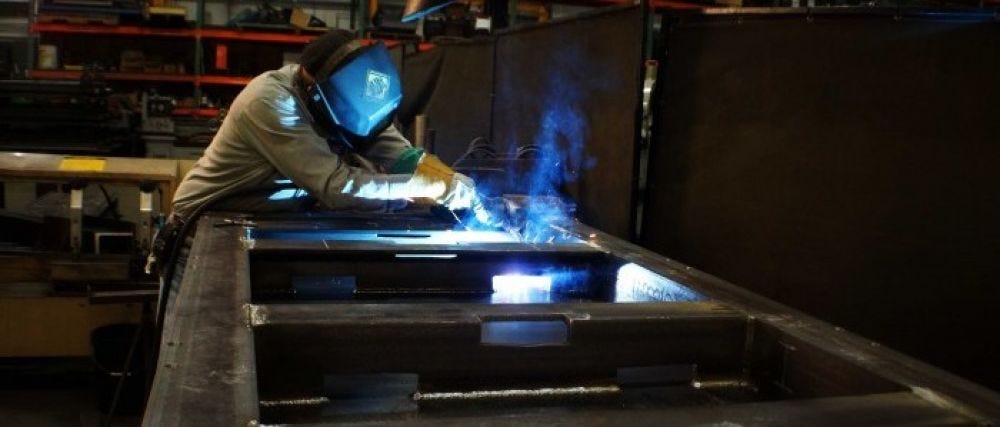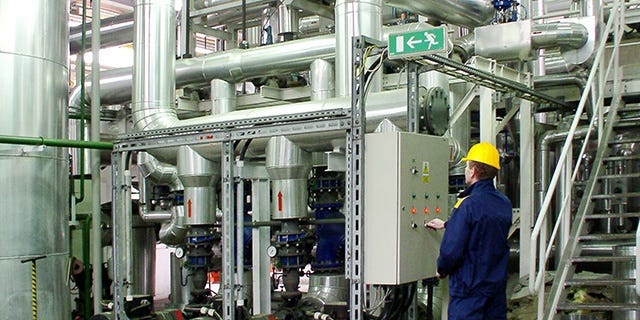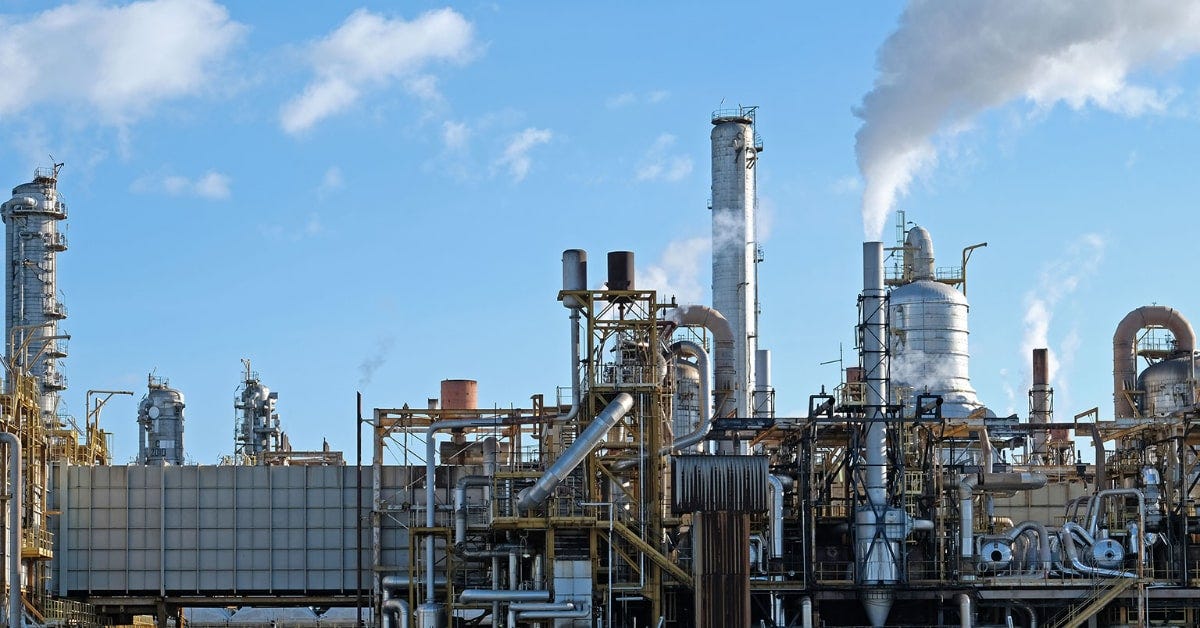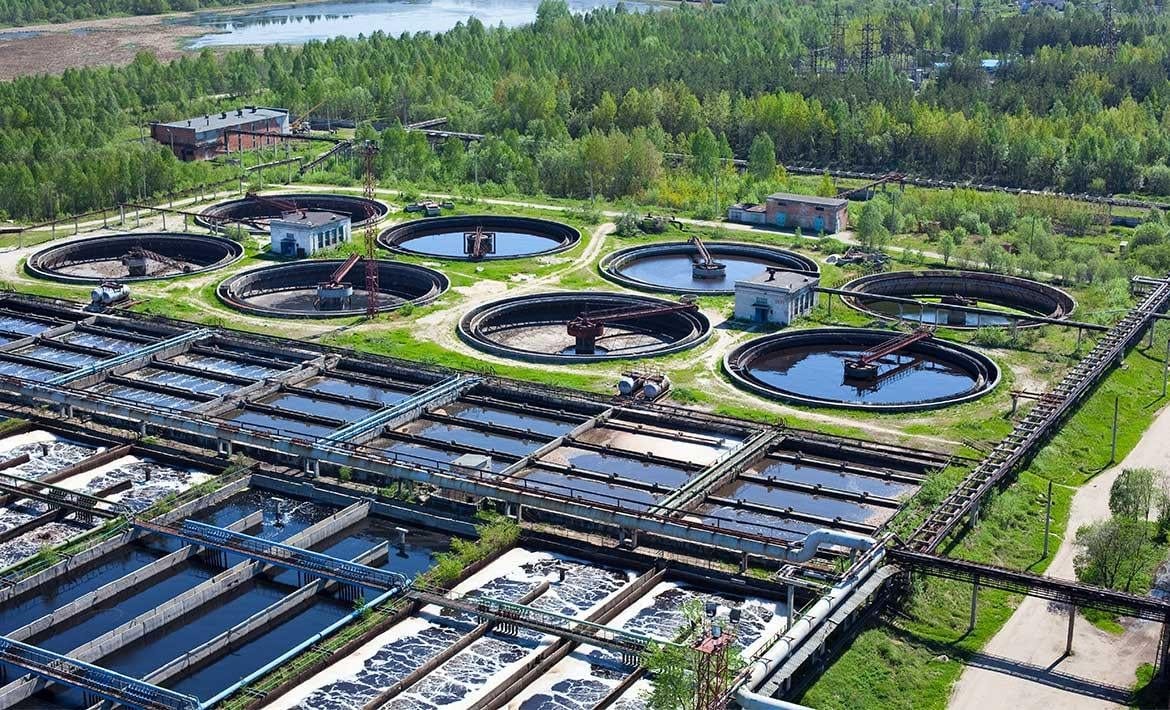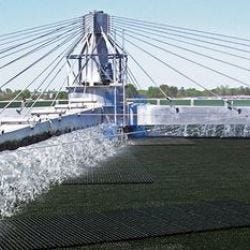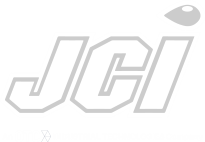

JCI Industries is now OTC! To streamline your ordering process and improve your customer experience we are redirecting you to OTCindustrial.com
JCI Industries provides engineered solutions powered by industry leading pumps, seals, motors, drives, controls, and process equipment, teamed with complete pump, motor and rotating equipment repair for a wide range of applications and industries.
Emergency Services: 816-525-3320
Locations:
1161 S.E. Hamblen Road
Lee’s Summit, MO 64081
816-525-3320
2301 West 20th Avenue
Joplin, MO 64804
417-623-4544
9921 Big Meadows Road
Jefferson City, MO 65101
573-395-4053
1335 South Young Street
Wichita, KS 67209
316-942-6200
Services
Products
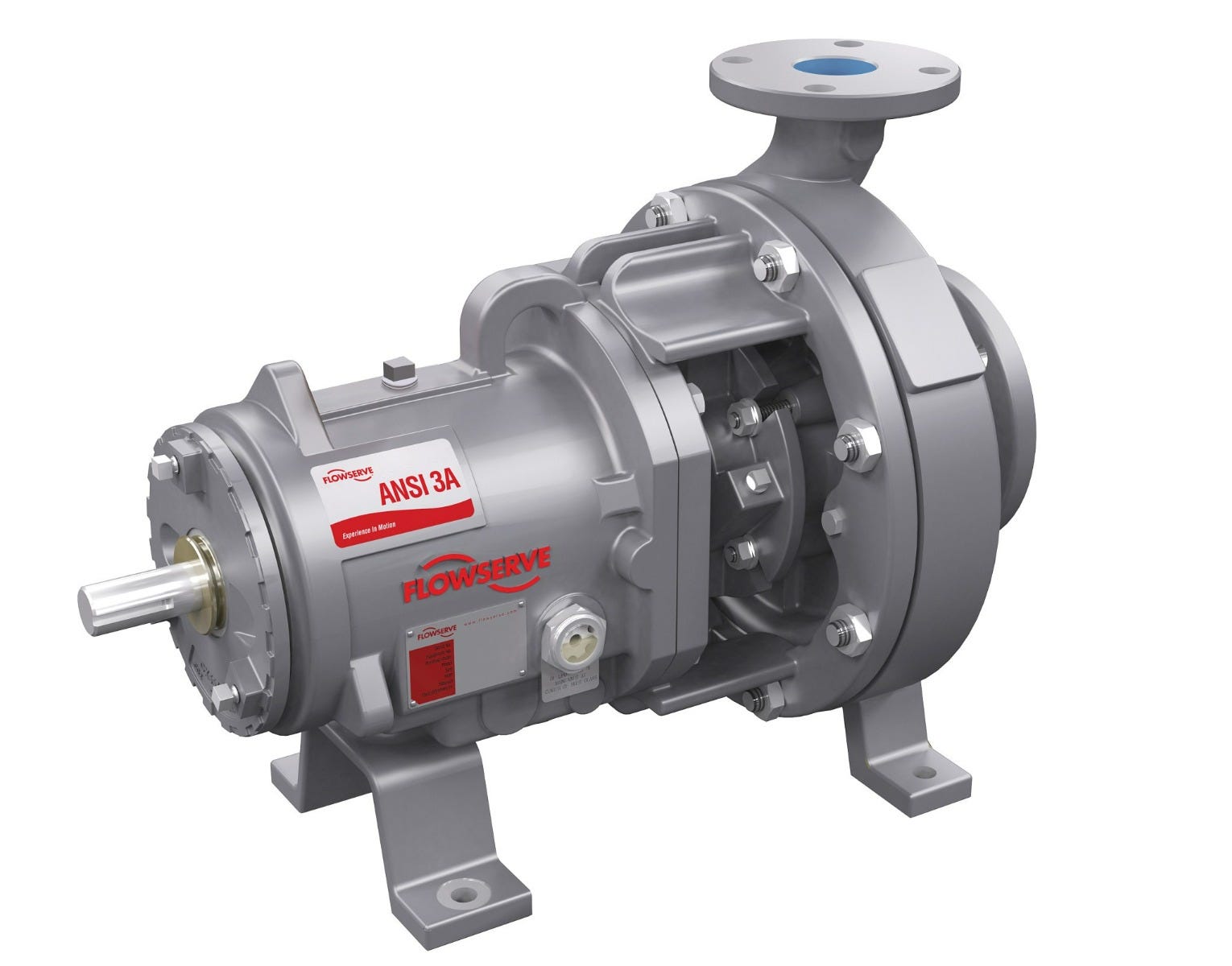

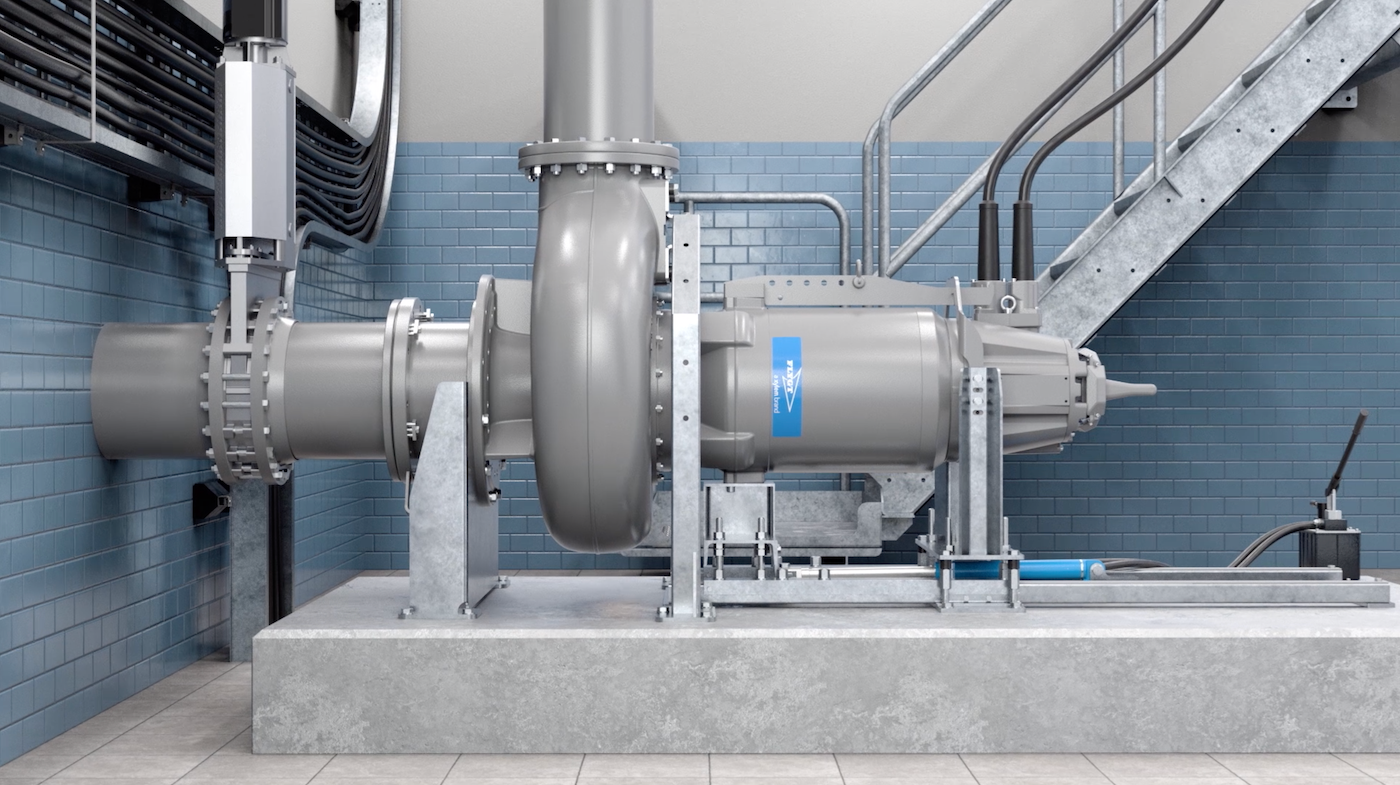

Industrial Pumps
JCI Industries Services and Represents the Premium Brands for Rotating Equipment, Dry Handling, Electrical, and Water Treatment.
Municipal Pumps
JCI Industries offers a complete solution from wastewater pumping systems, wastewater treatment and telemetry systems to monitor pump stations and treatment plants. Simply select one of the equipment categories to browse products before your JCI project consultation.
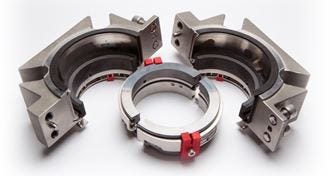

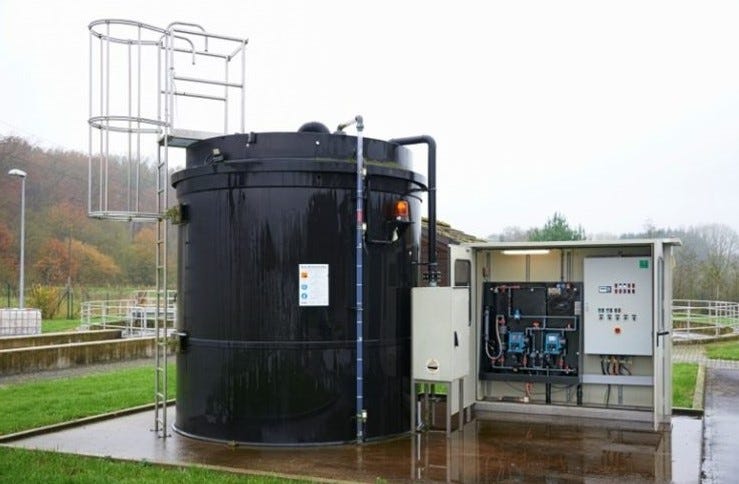

Mechanical Seals
JCI Industries offers a complete line of ANSI, Specialty, and API-682 seals including cartridge seals, dry-running seals, metal bellows, elastomeric bellows, split seals and gas barrier seals for zero emissions. We also carry bearing protection devices and a complete line of mechanical seal auxiliary support systems.
Chemical Feed
Chemical feed sales are backed by a full service organization, a complete equipment service and repair facility with a comprehensive stock of new equipment and repair parts. This unique combination of quality service, innovative products, extensive experience and engineering capabilities in the Municipal market ensure that JCI Industries can deliver the perfect chemical feed solution for your needs.

